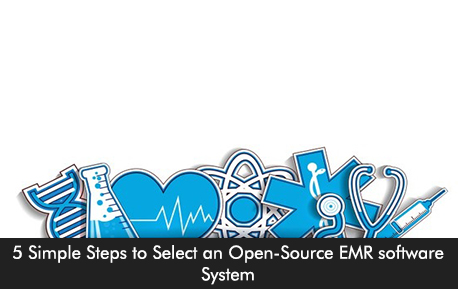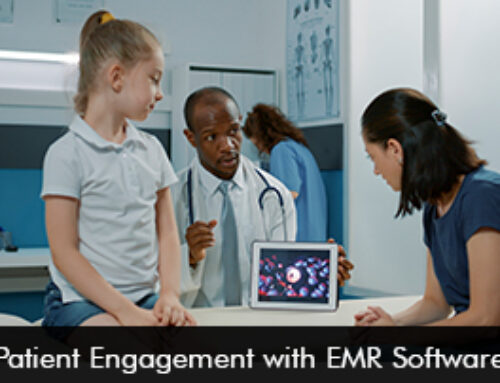If you are a small medical practice set-up deciding on purchasing a new open-source EMR software system or switching your existing Electronic Medical Records (EMR) software solution then it will take weeks of research for you and your team to choose the perfect software system for your practice. It is not an easy task, however, you’ve landed at the right place as this article will guide you through to help you make the best decision regarding the purchase of your open-source EMR software.
What is an open-source EMR software system?
Open-source EMR software systems act as blueprints which allow users to build their own electronic records software systems. Practices can easily download the software source code and then customize it according to their practice needs and specifications to meet daily workflow requirements. Potential buyers may need to get a license agreement from the original creator. The good point is that the open-source code is often free of cost but the practices may need to hire software developers for seamless EMR software design, implementation, and training. Small providers that have a tech-savvy team and have access to software consultants usually go for an open-source EMR software solution. The open-source EMR software systems should be ONC-ATCB certified and also include the functionalities of Practice Management software and offer billing and scheduling solutions to its users.
When to go for an open-source EMR software solution?
If you are a small medical set-up with the following three possibilities and opportunities then you should go for an open-source EMR software system.
- Want a great deal of customization
- Require advanced functionality and features for your practice
- There is a software developer or consultant to help your practice
The 5 easy steps that will help you select your open-source EMR software vendor
- You must be aware of the functionalities that are important for your practice. You need to consider a software solution that meets and fits your needs.
- You need to consider your staff’s workflow so the implementation process is much smoother. For example, your staff may want extra customization options when it comes to chart templates. Open-source software options will allow a great deal of customization and will be easier if you have a software consultant.
- You must make a list of vendors that are preferred by your practice. The shortlisted list will guide you through your decision-making process. If you are confused you can also get assistance from expert medical advisors and teams to narrow down your options.
- Support your decision-making process by viewing product demos and reading authentic customer reviews. Real user reviews will give you a chance to know how users feel about the software system in regards to functionality, ease of use, and training options. By requesting software demos as a potential buyer you can have a window of opportunity to see how the software system works and then be a better judge of the product.
- In the case of an open-source EMR software system, buyers would have to contact and speak with software consultants who will help your practice implement the system.







